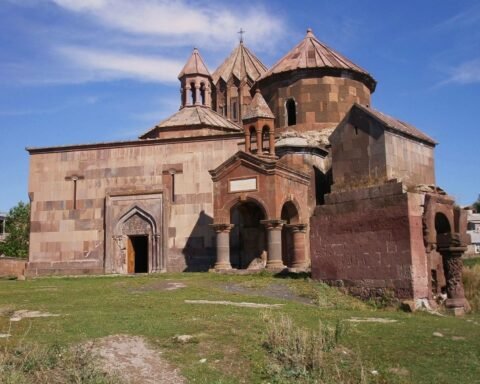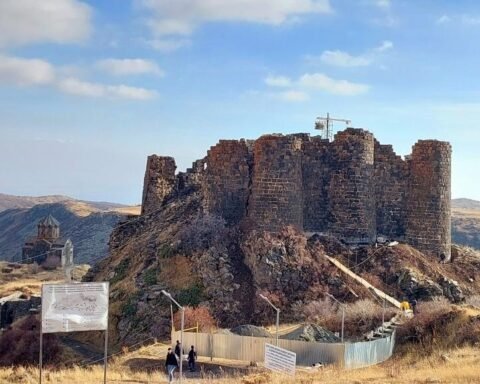Historical records indicate that Artsakh played a foundational role in the development of Armenian culture and identity. The region is notably linked to the educational and religious activities of Mesrop Mashtots, who is credited with establishing one of the first Armenian schools in the village of Amaras.
The significance of Artsakh is further highlighted during the 5th-century Vardanants war. While traditional accounts describe the conflict as a united Armenian-Aghbanian effort against Persian forces, recent research suggests a more complex reality. Evidence indicates that local Armenian princes, including those from Artsakh, resisted external pressures aimed at altering their religious and cultural practices, rather than receiving direct assistance from central Armenian military leaders.
Despite facing severe challenges, the Armenian population in Artsakh successfully preserved its national character and Christian faith. This resilience was largely sustained through the efforts of local religious leaders, who guided the community through periods of significant political and demographic upheaval.












